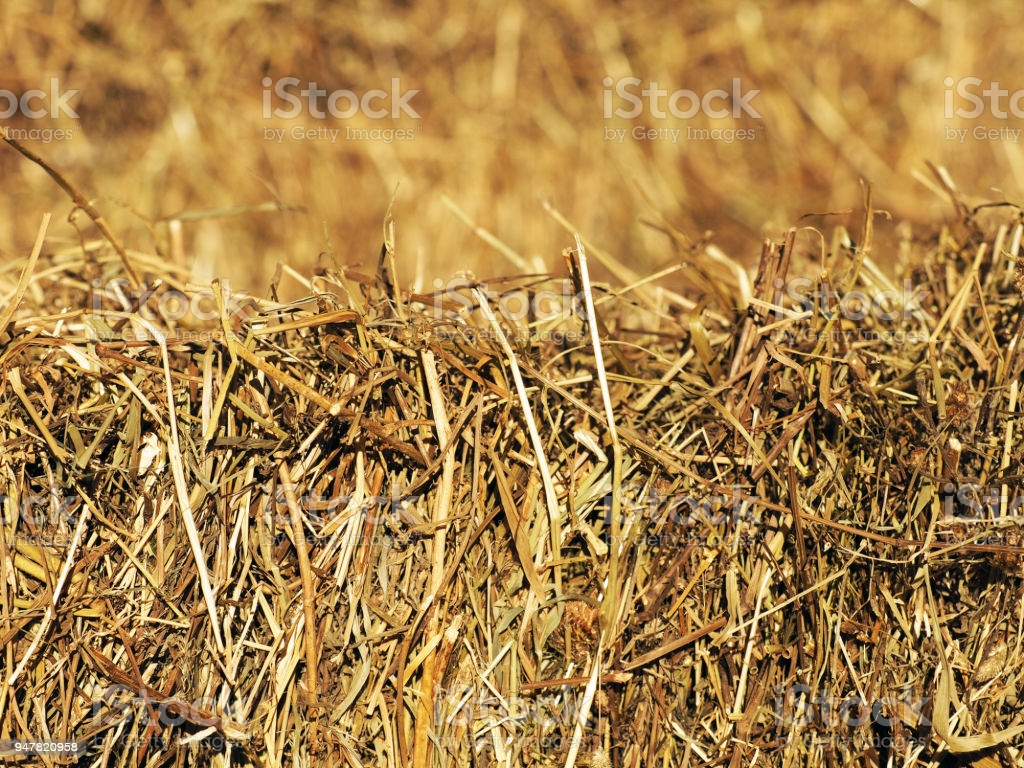Don’t panic if you believe hay and straw were the same things. You’re not on your own. Many people, including farmers, are often perplexed. Learn how to tell straw from hay in this article.
About Straw
Straw is a byproduct of the grain harvest that is yellow or golden in color. In other words, it is a wheat waste product. Straw, unlike hay, is not utilized as cattle feed. It is not exceptionally nutritious, particularly dry straw. Straw is from chopping and shaping the hollow stocks left after grain harvesting.
Straw is a light and fluffy material that makes excellent animal bedding. It is also used as mulch, which keeps the soil moist and prevents the top layer from drying out. Straw is also ideal for weed compression and will eventually decompose.
About Hay
Hay is from legumes. This comprises grasses including Bermuda, fescue, oat, as well as alfalfa, and clover. Depending on the nutritional demands of animals, different varieties of hay can come in handy. Working horses, for example, can eat hay with a high carbohydrate and protein content.
Hay is by collecting plants while they are still alive and cutting the seed before it develops. After that, the hay dries. It’s critical that hay bales don’t have too much moisture in them. If hay gets too wet, it can mold and become unfit for use as animal feed. Many people find that a hay bale with too much moisture within might catch fire.
How To Tell Straw From Hay?
While purchasing, it is essential to understand how to tell straw from hay. If you’re shopping for hay bales, be sure you don’t end up with straw bales instead. Straw and hay are sometimes packed interchangeably, and many garden retailers refer to a bale as straw. While farmers will understand the distinction, many weekend gardeners may not.
Straw is a discarded resource that is used rather than thrown away, whereas hay is created particularly for its purpose. Furthermore, hay comes in handy for cattle and other livestock food. But straw has a wide range of applications. It is for fodder, although it is also used in thatching, packing, or weaving material.
Straw is drier and coarser than hay, which is why it is frequently more adaptable than hay. Mulch is from hay or straw, yet, straw is preferable for this purpose to hay. The reason for this is because hay is grass; it typically includes seeds that germinate when it comes into touch with soil and water when used as mulch. Because straw seeds are the primary product, they are frequently removed. What’s left is the straw. As a result, seed production isn’t a big problem here.
Thus, this was all about how to differentiate between straw and hay. Broadly, both may seem similar with interchangeability. However, they are different, and these differences have a crucial impact. Whether in agriculture, cattle, or other uses – both have their own unique appearance and usages. Understanding the critical difference helps in making the right choices in agriculture.

